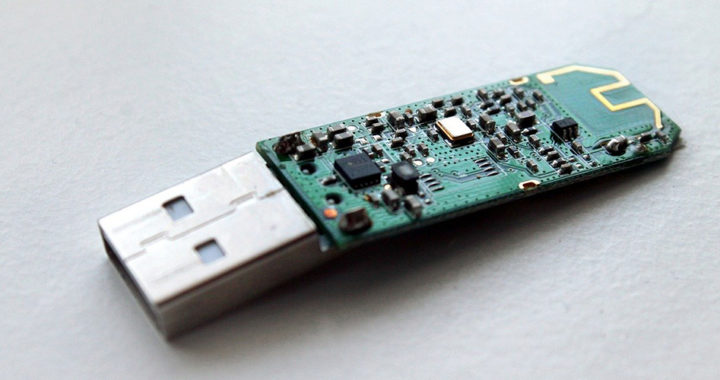A USB flash drive or thumb drive is an ultraportable data storage device based on flash memory with an integrated USB interface. Storage capacities were initially limited to 8 GB and 16 GB variants during the late 2000s, but manufacturers have now introduced 512 GB to 2 TB storage options at more affordable prices.
The Pros: Advantages and Applications of USB Flash Drive
The arrival of flash drives based on a USB interface beginning in the mid-2000s and further in the late 2000s had effectively replaced floppy disks and compact discs as a storage medium for data back-up and transferring files between computers.
Key advantages of these storage devices revolve around the fact that they are ultraportable, and they are compatible with most computer terminals and operating systems such as macOS and Windows due to the popularity of USB ports and USB interfacing.
Below are the specific pros or advantages and uses of thumb drives:
• Note that floppy discs and optical media such as CDs and DVDs have now become obsolete for two reasons: the required hardware components are bulky, and the storage mediums are not as expansive. In terms of cost, flash drives based on USB are considerably inexpensive and more efficient.
• A 256 GB thumb drive is equivalent to 54 DVDs or 10 Blu-Ray discs. In other words, for a smaller physical footprint, this type of storage device stores data more densely than earlier types of storage mediums.
• The most common use of a USB flash drive is for personal data storage and transport. Some individuals use their thumb drives to store personal files such as documents related to their identity and medical records, among others.
• Booting and hardware firmware updates are other notable applications of USB flash drives. Most PC firmware allows the launching of an operating system from a bootable flash drive, and several motherboards can be updated using a similar storage device.
• Another key advantage of USB flash drives is that they have considerable data or file transfer speeds. High-performance variants can read files at 68 MB/s and write at 46 MB/s. However, speed is determined by the USB version, the capability of the USB controller device, and the speed of the hardware bus.
• Similar to solid-state drives, and unlike CDs and hard disk drives, thumb drives are more impervious to mechanical shocks, electromagnetic fields, dusts, and scratches. They also do not have fragile moving parts.
The Cons: Disadvantages and Limitations of USB Flash Drive
Thumb drives remain a popular type of storage device. However, the growing popularity and accessibility of cloud storage services have provided consumers with a more convenient solution. Some of these services are free such as Google Drive from Google and iCloud from Apple.
Nevertheless, the following are the cons and limitation of this type of storage device:
• Portability can also be a disadvantage of USB flash drives. Their small size makes them easier to lost and stolen, thus raising concern over their reliability and security as mediums for backing up critical and sensitive data.
• A notable limitation is a shorter lifespan. Like other flash memory devices such as solid-state drives, thumb drives have limited write-and-erase cycles before they start to fail. They are essentially unsuitable for running applications or bootable operating systems.
• Most flash memory devices also seem to fail almost instantaneously. Unlike hard disk drives that provide some indications, such as mechanical noise or slower performance, storage devices based on flash memory give little to no warning of failure. Hence, it is usually too late for a user to salvage his or her data stored in a failed flash memory.
• Some generic devices from unknown manufacturers might be cheaper, but their overall quality in terms of durability is questionable. Note that there is a stress point where the printed circuit board and metal tip meets. Poor soldering can result in breakage.
• The small size of thumb drives can also present a considerable security challenge to organizations. They can be used by visitors or employees to transfer critical data and smuggle them out with little detection.
• Furthermore, these devices can be used as mediums for intentionally transferring malware to targeted computer terminals. Note that some organizations have banned the use of these devices in their computers.





